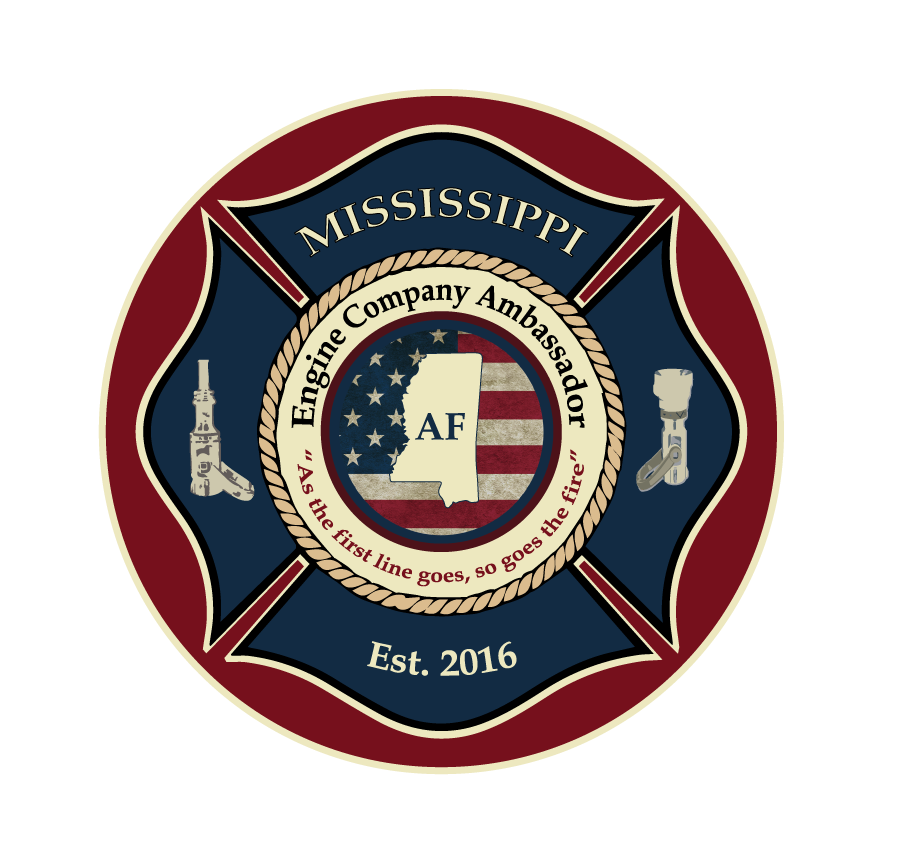Determining Flow Through Nozzle Reaction
Recently I completed my first year of the Executive Fire Officer Program at the National Fire Academy. If you are unfamiliar with the EFO program you must submit an Applied Research Project (ARP) for each year during the process. I wanted my ARP to identify a unique problem that really hasn't been discussed much in order to provide the fire service with some new information regarding the way we train firefighters to operate the nozzle during interior fire attack operations.
During my time as a firefighter and instructor I have noticed very few firefighters actually pay attention to the amount of water they are delivering at the nozzle. They just take it for granted that the water leaving the nozzle is what it is "supposed to be". During early stages of Driver Operator training we learn about friction loss and proper pump discharge pressure in order to achieve the proper nozzle pressure which in turn delivers the target flow we need. However, no one really discusses what happens at the nozzle and whether or not the firefighter can actually feel the difference in flow to know if something isn't operating correctly. We tend to look at nozzle reaction as a theoretical math problem instead of a tool we could use to identify problems that occur on the fire-ground.
The first step involved in this research process was to determine if there actually is a problem. A problem with curriculum, training, or even drills that have left the firefighter unprepared. My first ARP was to identify this problem so that in subsequent ARPs I could address solutions to this problem. However, I have tested some solutions and we are already seeing a trend which I believe can better prepare interior firefighters.
In the first ARP I tested an NFPA 1001-I-II class in their final week of training to see if they were able to identify critical reductions in flow. The results showed that 46% of the students were unable to detect a 25% reduction in flow using nozzle reaction. This test reduced a 125gpm @ 100psi nozzle by 25% simulating a 180 degree kink which could occur on the fire-ground. This 25% reduction drops the flow of the nozzle to around 94gpm which is below the recommended flow rate in NFPA 1710.
I believe my results show that we could do more to train firefighters working on the nozzle to identify potential problems. That being said we performed the same test to a group of students that just finished a week long advanced Engine Company Operations course and we found that 90% of our students detected a 10% reduction in flow. These firefighters received training in several nozzle operation techniques and performed a very high number of repetitions throughout their week of training. The feedback we received from the course was very positive and the firefighters that participated felt like they truly refined their skill sets.
I have provided a short video discussing these results and some recommendations I have for training your firefighters to identify critical reductions in flow. If you would like to read the full ARP you can CLICK HERE to read all of the details.


